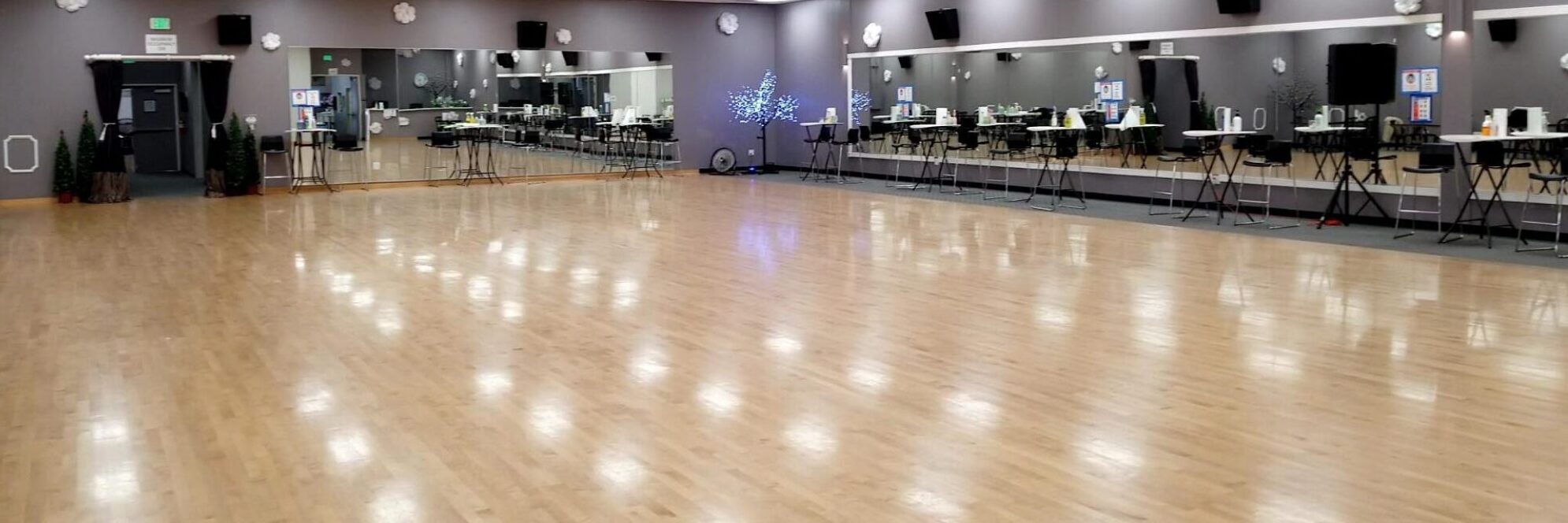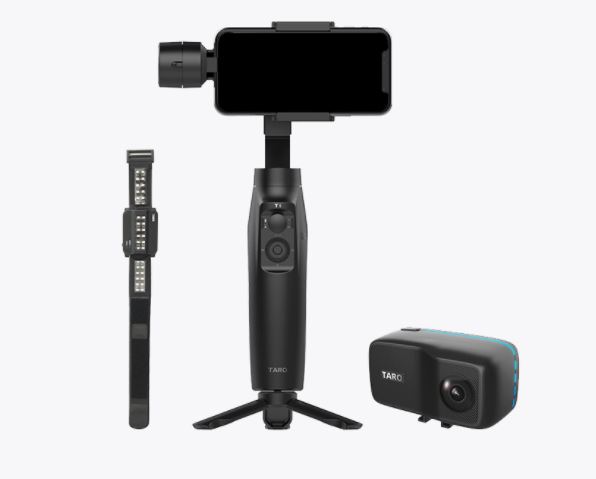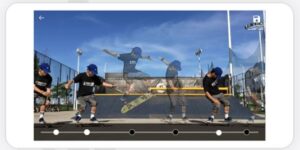Taro – T1 Auto-Tracking Stabilizer for Smartphones
Description
The Taro T1 was released in early 2019 by Taro Tech Incorporated, a company based in China. The Taro T1 is a camera stabilizer (aka gimbal) for smartphones which has the additional capability of automatically tracking a subject wearing an infrared wrist band, while moving up to 50 mph and up to 20 meters away. Great for following dancer's rotating and moving around a 60' x 30' ballroom.
What is a Gimbal?
Wikipedia defines a Gimbal as the following:
A gimbal is a pivoted support that allows the rotation of an object about a single axis. A set of three gimbals, one mounted on the other with orthogonal pivot axes, may be used to allow an object mounted on the innermost gimbal to remain independent of the rotation of its support (e.g. vertically oriented). For example, on a ship, the gyroscopes, shipboard compasses, stoves, and even drink holders typically use gimbals to keep them upright with respect to the horizon despite the ship's pitching and rolling.
Standard gimbals are camera stabilizers. Camera stabilizers allow one to record a video while the camera operator and subject are in motion. The stabilizers allow the camera itself to remain still, even though the camera man may be running or moving and bouncing up and down.
Auto-Tracking
The addition of auto-tracking software and/or hardware to a camera stabilizer, allows the camera operator to not be concerned about maintaining the subject in the center of the picture. The auto-tracking feature automatically does that for the camera operator.
There are many types of auto-tracking stabilizers on the market, but most all perform auto-tracking by face or object recognition AI (artificial intelligence). Object recognition, via software alone is processor intensive and requires the software to recognize a portion of a video picture (i.e. object) and instruct the motorized camera mount to move the camera in such a way to keep the object centered in the video picture. For most settings, like videoing an instructor whose teaching in a classroom, following a slow moving person is easily done, as long as the subject stays the same relative distance from the camera and walks or moves slowly and smoothly. The issue is face or object tracking doesn't work all of the time. If the person moves too fast or if there's an obstruction between the subject and the camera, then the stabilizer will often just lose track of the subject. The Taro, however, mostly solves that issue with a series of new stabilizers that combines both infrared technology tracking and software artificial intelligence.
How Infrared Tracking Works
The Taro Tracking stabilizer, works with the attachment of an infrared module sensor atop the camera. Then the subject , straps on a wristband with an IR tag (transmitter) -- they can wear it out in the open or under their clothes -- and the IR sensor module will immediately recognize it, and start following it around. And since it's following the subject based on this IR connection, it usually doesn't matter if they dance momentarily behind a pillar or past another dance couple -- the auto-tracking sensor will reconnect with the subject once the dancer's move past the obstruction.
The Taro T1, retails for less than $400.
Dance Video using the Taro T1
Here is a video of Nicole Wooding and I, pre Covid-19, utilizing the T1 auto-tracking stabilizer while we practice our American Smooth Rounds at Mary Murphy's Champion Ballroom in San Diego. You can see there are still some improvements that can be made with the auto-tracking, but its a pretty good device for tracking dancers around the dance floor.
During the video, I am wearing two infrared wrist bands on my arms, Nicole does not have an Infrared sensor on her, so there may be times when Nicole moves out of the picture. Also, there are times when we're dancing far from the camera, her body is blocking the IR transmitter's on my arms from connecting with the gimbal's IR tracking sensor, so we are seen moving outside of the video frame.
Specifications
Weight: 543g or 19 oz
Max Loading Weight: 300g or 10.58oz
Smartphone Width Range: 61-92mm
Pan: +/- 360 degrees
Roll: 310 degrees
Tilt: +/- 165 degrees
Operation:
Gimbal: 10 hours
Wrist Band: 2 hours
Tracking Module: >2 hours
Charging Time:
Gimbal: 3.5 hours
Wrist Band: 2 hours
Tracking Module: 2 hours
Availability
Note, unfortunately due to Covid-19 and other issues with products coming from China, the T1 is not presently available. But I have maintained contact with the company CEO and if someone is interested in the T1 product, contact me at SeriousDancer and I can find out when a unit may become available for purchase again.
Location
Review
Login to Write Your ReviewThere are no reviews yet.



